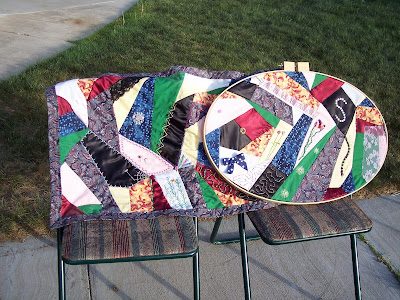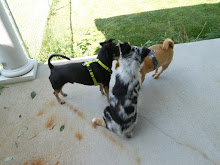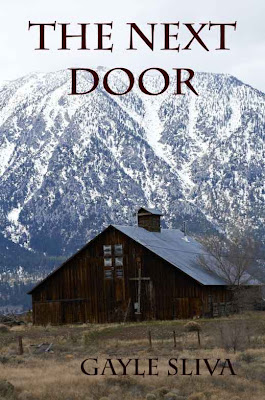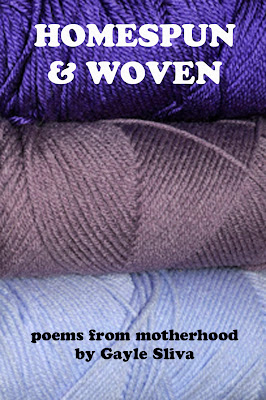
On my other blog site,
Nuzzling Muzzles, I held a contest to see who could guess the date that came closest to when my new hay tarp developed its first rip. The winner of the contest won quilted potholders made by me. I decided on potholders because they are small, and I thought I could make them quickly. However, I found this project to be quite difficult, as the piecing wasn't coming together as nicely as I would have liked. I used my seam ripper in equal proportion to how much time I actually spent sewing, so the fabric ended up being worn and ragged. I had to secure it by quilting cross-hatched lines close together, which resulted in the potholders being stiff.
I took this pattern from "Cups and Saucers Paper-Pieced Kitchen Designs" by Maaike Bakker. This book includes patterns for cups on saucers, dishes, mugs, pitchers, plates and bowls in addition to the tea kettle.
Fortunately, I did some research before making the potholders and discovered that you have to use cotton batting, because polyester absorbs heat and can catch fire. You also should use a layer of Insul-Bright needled insulated lining to protect the hands from being burned while using the potholders.
Insul-Bright lining can be used for hot pads, oven mitts, tea cozies, casserole warmers, beverage holders, baby warmers, lunch bags, place mats, table runners, picnic baskets, shades, draperies, door draft stoppers, fire place covers, water heater covers, comforters, quilts, sleeping bags, water bed covers, coats and jackets, vests, ski apparel, gloves and mittens, hats, slippers, ironing board covers, and outdoor stadium cushions.
It took me about two weeks in the month of May, 2008 to complete these. My quilted items ended up being big enough (9x9") that they can be used as hot pads as well as potholders. Hopefully, the winner of my contest will get some good use out them.

 I finally finished piecing the top of our king-sized Storm at Sea bed quilt. I laid it over our bed to get an idea of the coverage. Each block was 12"x12". I put it together 6 blocks by 8 blocks, and pieced it randomly. I tried to keep the same fabrics away from each other, but couldn't avoid it in a couple of instances.
I finally finished piecing the top of our king-sized Storm at Sea bed quilt. I laid it over our bed to get an idea of the coverage. Each block was 12"x12". I put it together 6 blocks by 8 blocks, and pieced it randomly. I tried to keep the same fabrics away from each other, but couldn't avoid it in a couple of instances.  The hardest part was getting all the points and edges to meet while sewing it together. Because I pieced it over a period of about a year, it was hard to stay consistent with my seam allowances. If you don't cut each piece exactly like the other, and don't use the exact same seam allowance, there will be variations that result in points and edges not matching up.
The hardest part was getting all the points and edges to meet while sewing it together. Because I pieced it over a period of about a year, it was hard to stay consistent with my seam allowances. If you don't cut each piece exactly like the other, and don't use the exact same seam allowance, there will be variations that result in points and edges not matching up. The next step will be to assemble a backing and patch some batting together to make it wide and long enough to cover the dimensions of the quilt, and then sandwich it all together on my quilt rack.
The next step will be to assemble a backing and patch some batting together to make it wide and long enough to cover the dimensions of the quilt, and then sandwich it all together on my quilt rack. I made sure that the quilt will hang well over the sides of our bed, because my husband and I tend to fight over the covers. This length will allow us each more than enough material to keep us warm.
I made sure that the quilt will hang well over the sides of our bed, because my husband and I tend to fight over the covers. This length will allow us each more than enough material to keep us warm.








































